This year didn’t go by either without Christian degradation in Hungary: the Gödöllő Greek Catholic church was almost set on fire on our national holiday, before Easter a defamatory religious depiction was found in the Ferencváros district of Budapest, and multiple left-liberal media and officials derided members of the Holy Family. The situation is no better in Western Europe: you can count on them when it comes to anti-Christian manifestations with Brussels at the helm.
In the past few years throughout Europe, and in Hungary as well, the number of anti-Christian atrocities has increased; they come in the form of desecrated religious symbols, blasphemous content, and numerous others. In 2021,
One of the biggest scandals was caused by the former deputy mayor of Pusztaszabolcs who voiced his profane views on the Hungarian Atheist meme page by commenting on an image desecrating the Virgin Mary.
The image showed the Holy Virgin holding the child Jesus with a condom in their shape next to her. Szilárd Csiki commented on the blasphemous content: “This is what Mary needed back then, and then we wouldn’t have needed a whole religion because of an accidental [pregnancy].” The town’s mayor, Erzsébet Zsuffa Simonné responded to the incident by distancing herself from the deputy mayor who later resigned from his position.
Not long after, on Maundy Thursday, just a few days before the greatest holiday in Christianity, the IX. district’s Ferenc square displayed (alongside the controversial Black Lives Matter statue)
a plaque of Jesus with not red, but rainbow colored blood spilling from his side.
Though most labelled it as merely a provocation, some tried to defend the unusual depiction of rainbow blood as the connection between God and man, not a symbol of LGBTQ.
Similarly to the Népszava (“People’s voice”) newspaper, which repeatedly ridiculed Jesus Christ along with chief medical officer Cecília Müller, this year the liberal weekly magazine Magyar Narancs also made quite a show.
The liberal magazine decided that it would be appropriate right before Christmas to display the work of an “artist” who, according to his interview, “sanctified himself.”
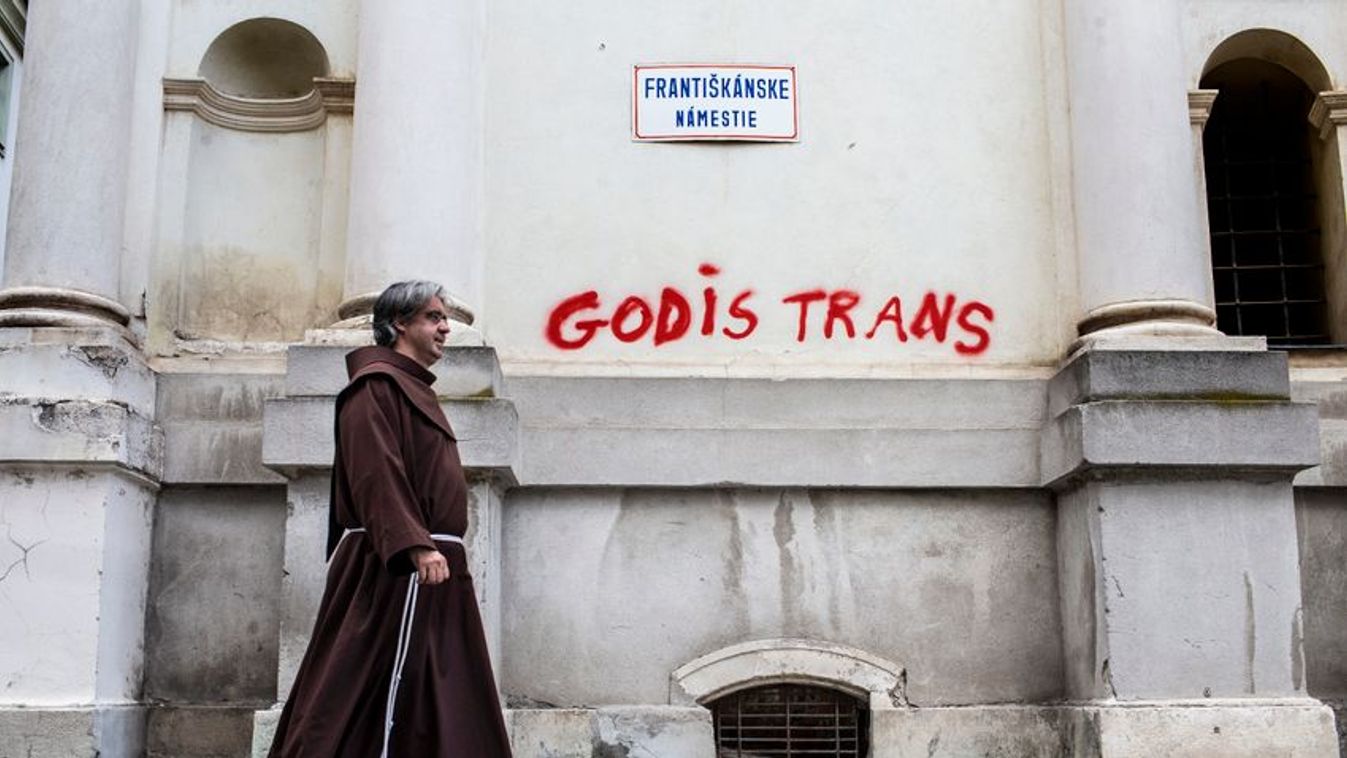
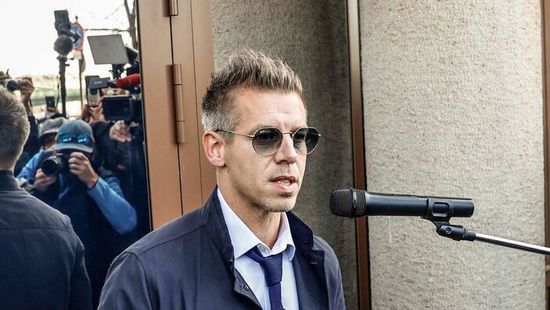
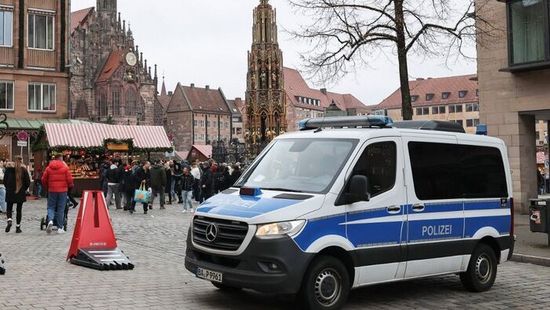
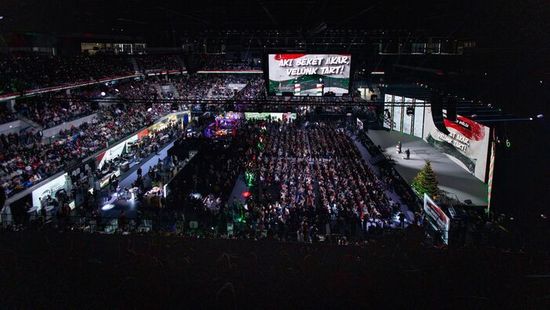
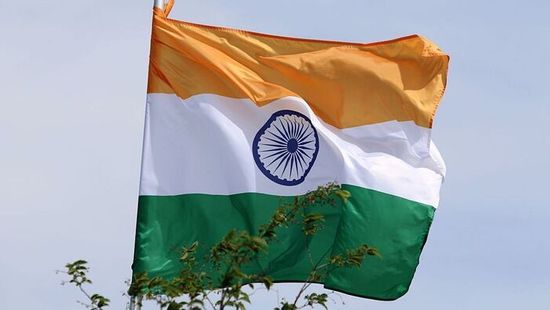

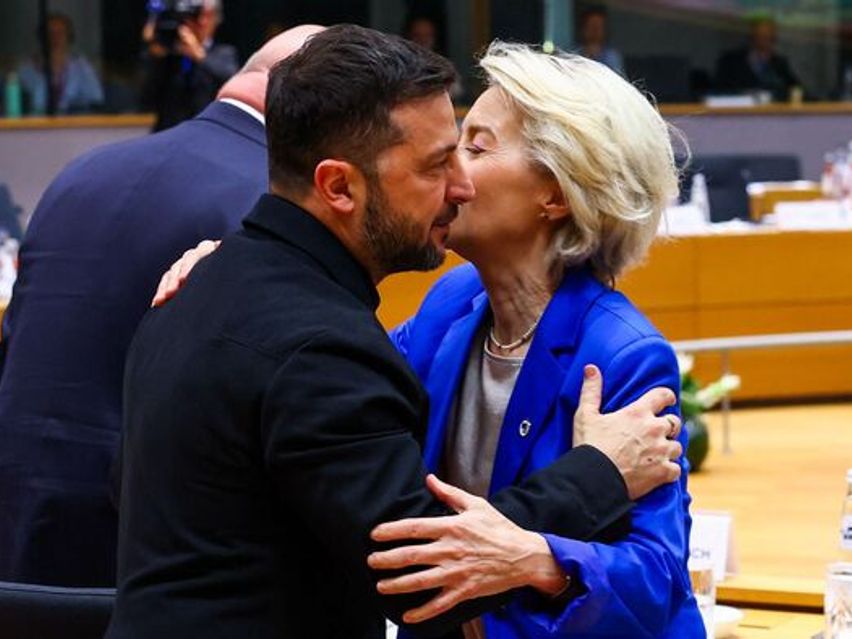
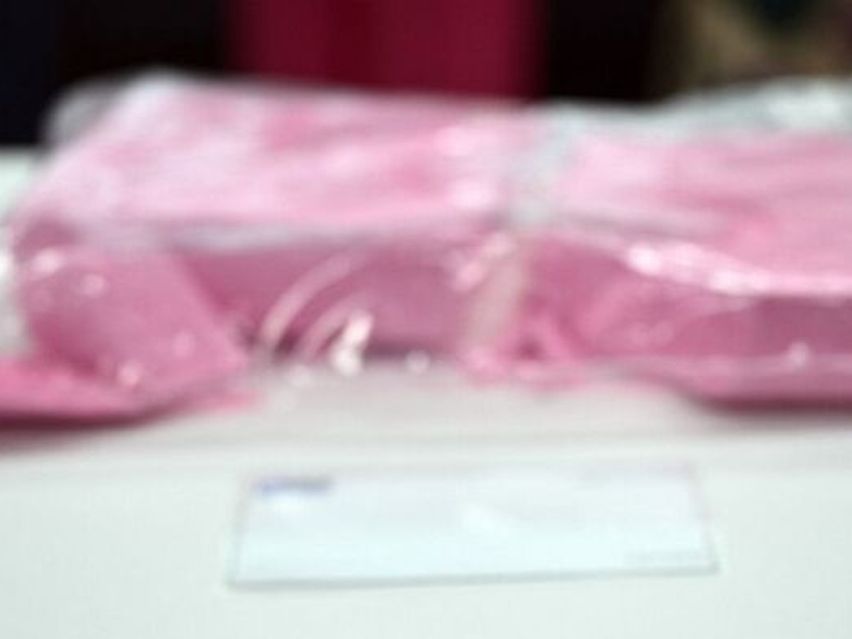
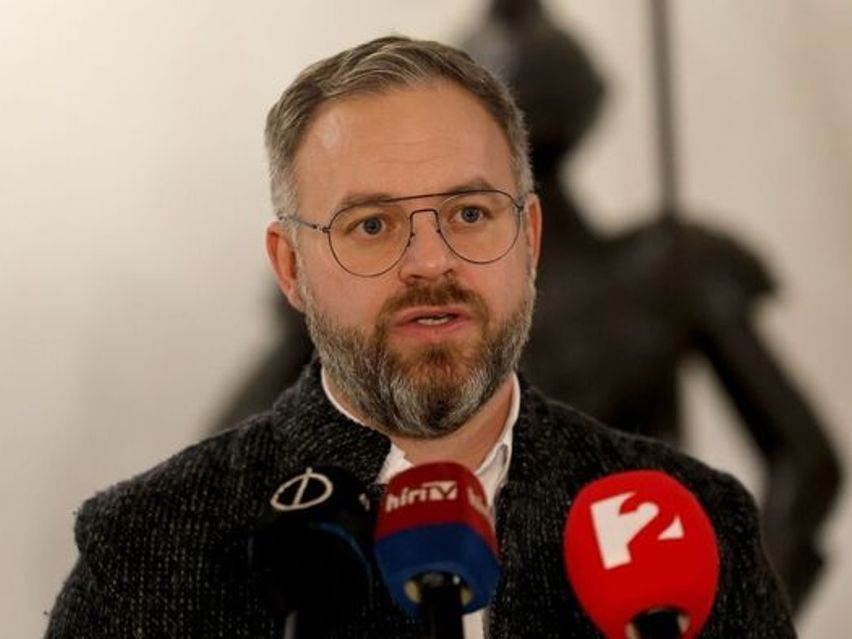
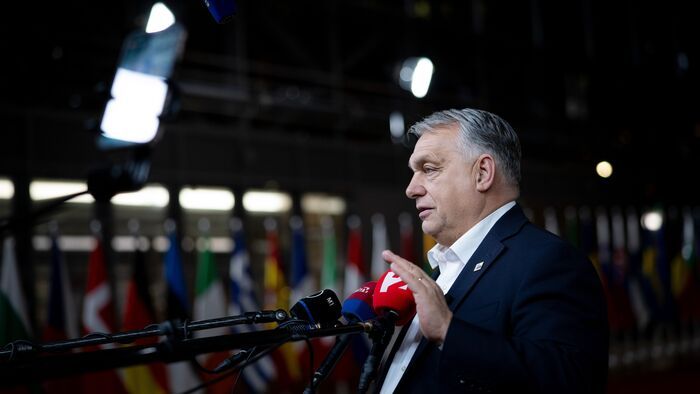

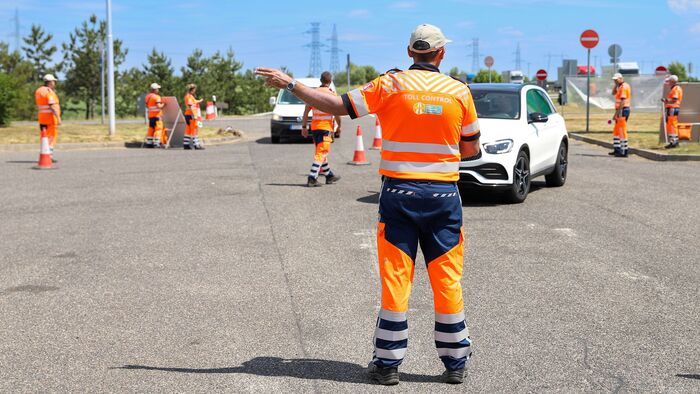
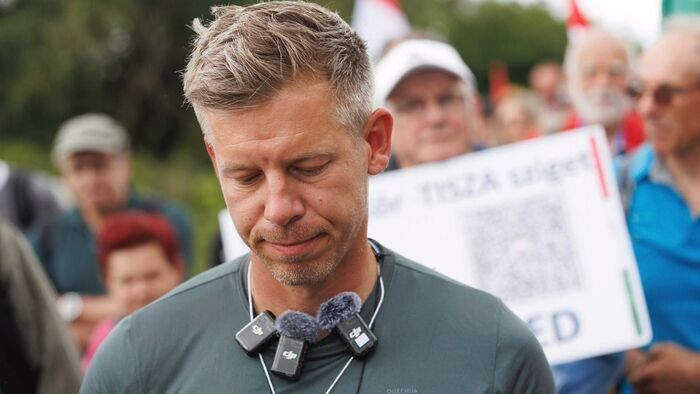
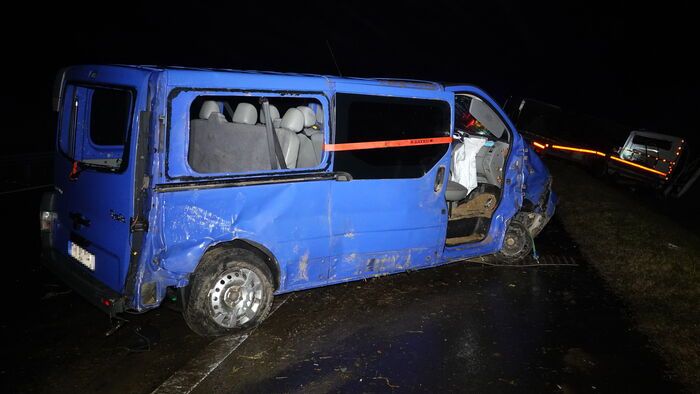
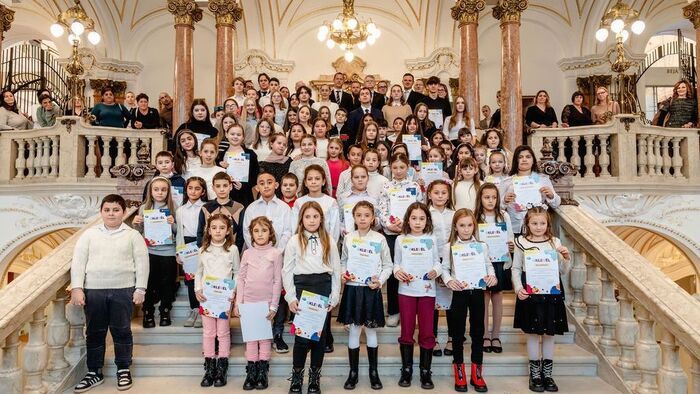
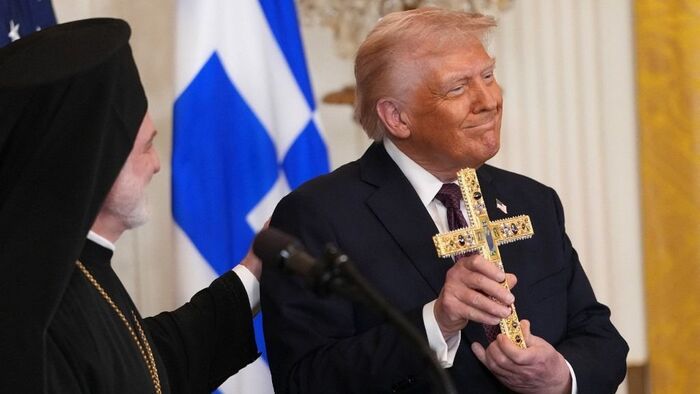

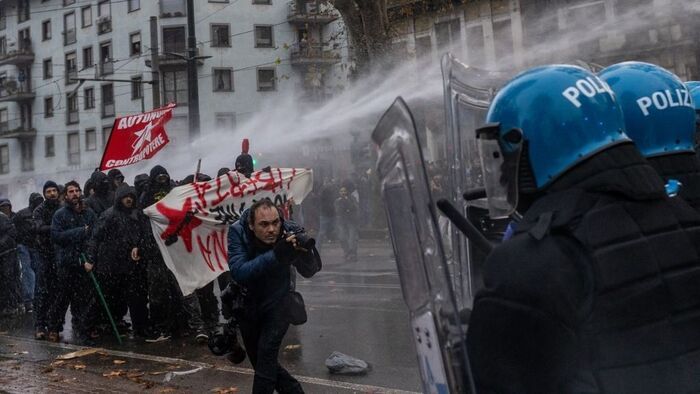


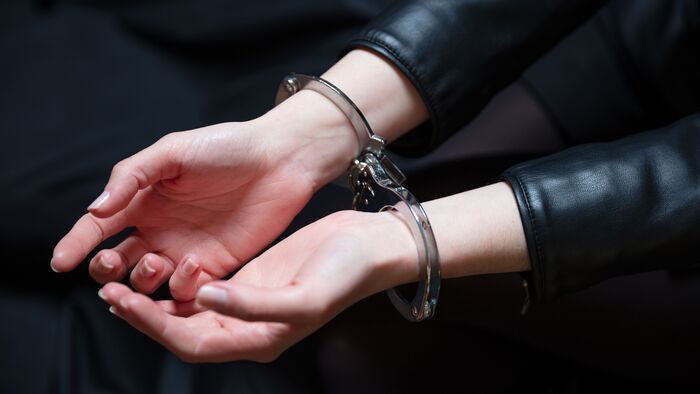
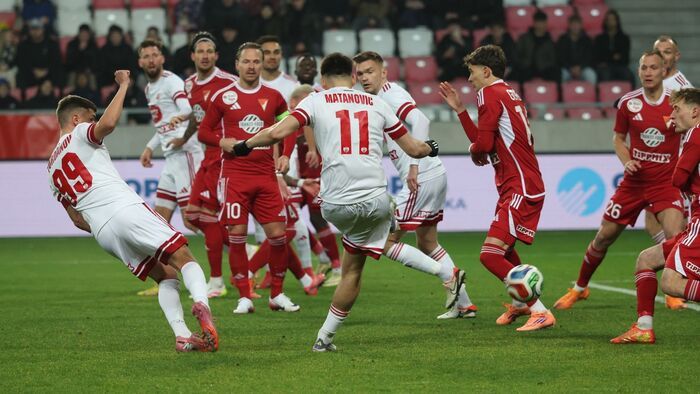

Szóljon hozzá!
Jelenleg csak a hozzászólások egy kis részét látja. Hozzászóláshoz és a további kommentek megtekintéséhez lépjen be, vagy regisztráljon!